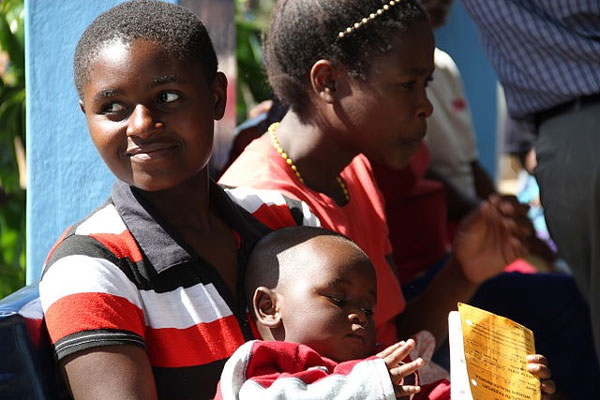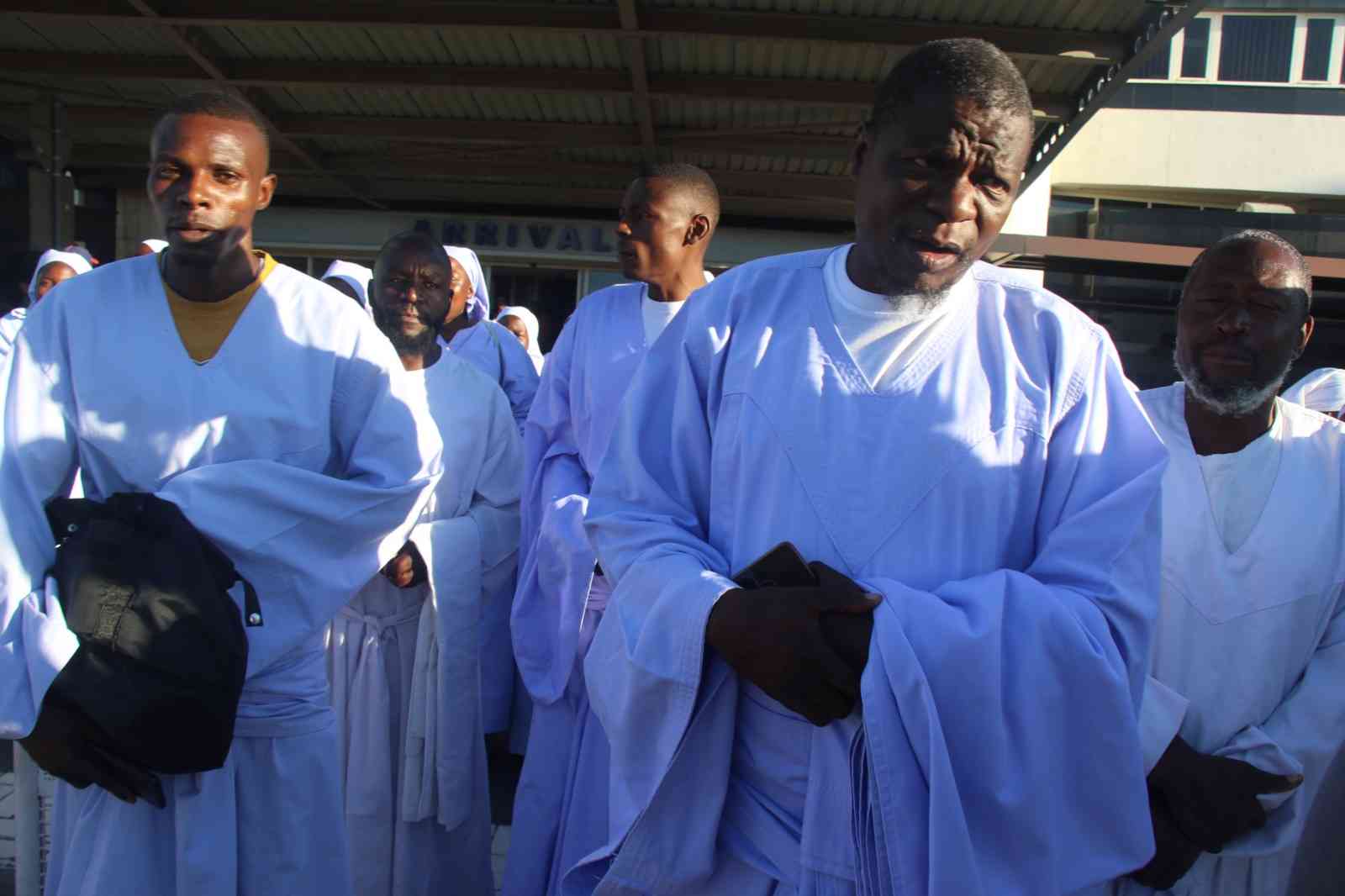
At 20, Tendai Shumba (not her real name) looks frail and vulnerable. She says she feels weak and does not have the energy to carry more pregnancies.
Social Commentary with Moses Mugugunyeki

Because of previous painful experiences, Shumba is scared of the day she goes back into labour. She has had complications on two previous occasions during labour.
The Standard Style recently caught up with Shumba — a mother of two from Shazhaume village, Mwenezi district in Masvingo province — who had accompanied an expecting relative to Mwenezi District Hospital at Neshuro growth point, 16km away.
“It’s not me, but I am here because I have brought a family member who is about to go into labour,” she said.
“As for me, I gave birth to my first born when I was 14 years old and two years later, I was back in the maternity ward to give birth to my second son.
“This time around, I am carrying my third pregnancy and I am scared.”
Shumba’s predicament is also being faced by a number of child brides who have been forced into early marriages.
- Chamisa under fire over US$120K donation
- Mavhunga puts DeMbare into Chibuku quarterfinals
- Pension funds bet on Cabora Bassa oilfields
- Councils defy govt fire tender directive
Keep Reading
Each year, 15 million girls are married before the age of 18. In developing countries, Zimbabwe included, one in every three girls is married before 18; one in nine is married before 15.
According to UN Population Fund (UNFPA), child marriage is associated with many harmful consequences. Child brides face a higher risk of contracting HIV, are much more likely to experience domestic violence and pregnancy remains among the leading causes of death for girls aged between 15 and 19 worldwide.
“I nearly died during my first pregnancy, but thank God I managed to pull through,” said Shumba.
Although sensitisation workshops through traditional authority structures have been done in Mwenezi with the aim of transforming communities to be more sensitive to the girl child’s rights, girls continue to suffer at the hands of harmful traditional and cultural practices.
“Here in Mwenezi, customary law has been allowed to override legislative instruments leaving young girls vulnerable to harmful traditional and cultural practices, like child marriages,” said a teacher at a local school.
“Early marriages are also contentious within many religious communities here in Mwenezi, particularly members of the Apostolic sects. I don’t see anything happening to curb the scourge within religions.”
The National Aids Council (NAC) has rolled out programmes aimed at tackling HIV and Aids as well as child marriages in the district.
“As NAC, we are working with partners in preventing HIV and we have specific programmes for adolescent girls and young women,” said NAC district coordinator for Mwenezi Ranias Ndlovu.
“To deal with the issue of child marriages as well as HIV and Aids, NAC is engaging in sensitisation workshops educating communities on girls’ rights and sexual and reproductive health.
“There are certain communities here in Mwenezi where there is a high prevalence rate of child marriages and we assist such communities in trying to end child marriages as well as HIV and Aids”
According to Unicef, of the 1,8 million adolescents living with HIV, about 1,5 million (85%) live in sub-Saharan Africa and two in three adolescents living with HIV are girls. Adolescents aged 15 to 19 account for an estimated 16% of new adult HIV infections worldwide.
Local medical doctor Johannes Marisa said child marriages had tremendous effects on the health of girls.
“Young women are at greater risk of being infected by HIV because they lack the knowledge to negotiate for safe sex and family planning, increasing the risk of acquiring HIV or other sexually transmitted infections,” Marisa said.
While Shumba survived on two occasions, Zimbabwe, like any other African country, is saddled with maternal deaths, especially among girls aged between 15 and 19 years.
In 2013 about 289 000 women worldwide died during pregnancy or childbirth, and of those deaths 62% occurred in sub-Saharan Africa, states the World Health Organisation (WHO), UNFPA, World Bank and UN Population Division in their 2014 report, titled Trends in Maternal Mortality: 1990 to 2013.
Globally, three million new-borns die each year and there are 2,6 million stillbirths, with child brides accounting for a large chunk of the deaths.
The Standard Style established that poverty was fuelling maternal mortality, which explains why death rates were higher in marginalised communities than in urban areas.
“For mothers as well as for their infants, the risk of dying during or shortly after birth is 20% to 50% higher for the poorest… than for the richest quintile,” states a report by Unicef.
To put this into perspective, expecting mothers from marginalised communities like Mwenezi have no access to antenatal care, compared to those living in urban areas.
“I only come to the hospital once to register my pregnancy and the other time would be when I am delivering. The hospital is far away and I can’t risk my life going there because I cannot walk long distances,” Shumba said.
According to WHO, adolescent girls (ages 15–19) are at high risk of childbirth and pregnancy-related complications.
“The probability that a 15-year-old woman will eventually die from a maternal cause is one in 3 700 in developed countries versus one in 160 in developing countries,” says WHO.
Unicef says a 15-year-old girl living in sub-Saharan Africa faces about a one in 40 chance of dying during pregnancy and childbirth during her lifetime.
“The issue of babies giving birth to babies is widespread here in Mwenezi and should be tackled at once,” said a nurse a Mwenezi district hospital.
He said the adolescent pregnancy phenomenon was prevalent in the district.
Marisa said younger girls were at high risk of developing obstetric fistula, a potentially serious medical condition in which a hole develops between the vagina and rectum or the urinary bladder.











